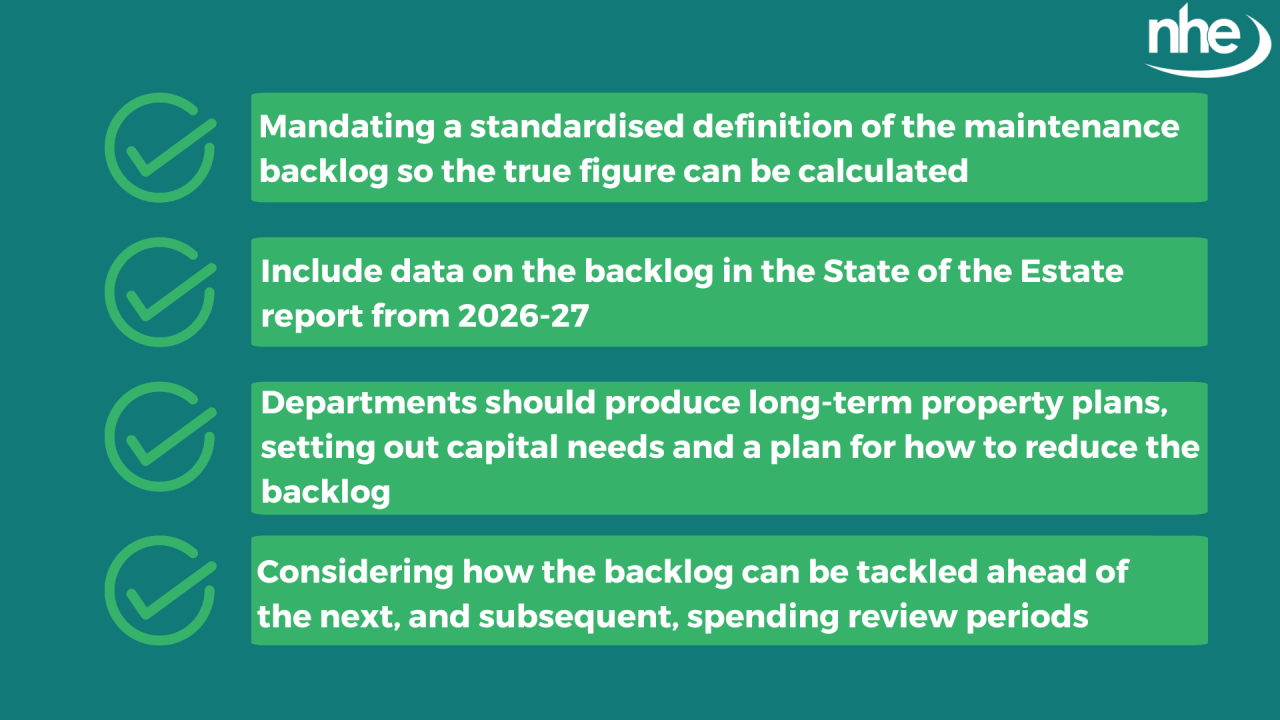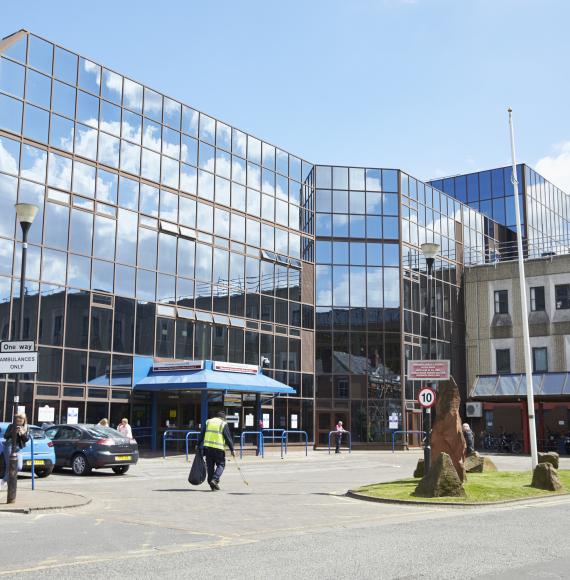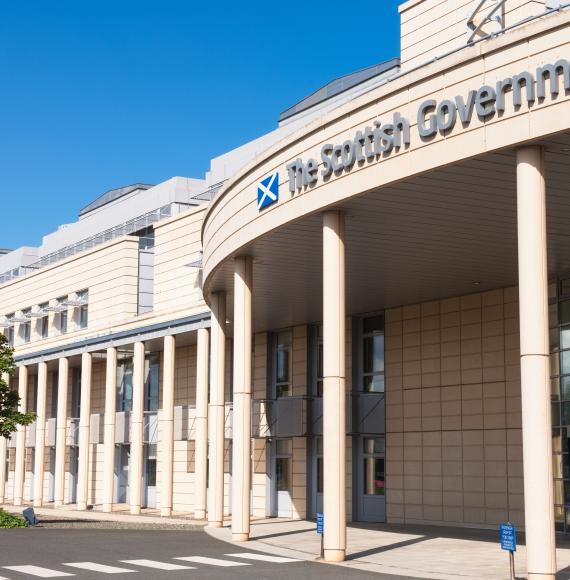The National Audit Office has today published a report outlining the extent of the government’s maintenance backlog, covering key public services including the NHS.
Outlining how the maintenance backlog is now at least £49 billion, NHS properties sit alongside schools and properties belonging to the Ministry of Defence as those that make up the majority of the issue – more than £10 million each.
As part of this challenge, building failures are now impacting the delivery of services within the NHS, with the report finding that there was an average of 5,400 clinical service incidents occurring within the health service every year between 2019-20 and 2023-24. Alongside clinical service incidents, the knock-on effects of these failures include poor staff retention and impacts on the ability to hit environmental targets.
The report also identified that the maintenance backlogs have also been steadily increasing over the course of the last decade, with NHS England’s backlog increasing at an average of around £800 million per year. In order to try and tackle these challenges, the National Audit Office has made four recommendations:
- Mandating a standardised definition of the maintenance backlog so the true figure can be calculated
- Include data on the backlog in the State of the Estate report from 2026-27
- Departments should produce long-term property plans, setting out capital needs and a plan for how to reduce the backlog
- Considering how the backlog can be tackled ahead of the next, and subsequent, spending review periods

Chief Executive of the NHS Confederation Matthew Taylor responded to the publication of the report, with a statement that said:
“This report is further evidence of the enormous impact that starving services of vital capital funding is having. The cost to eradicate backlog maintenance in the NHS alone has risen to a staggering £13.8billion – more than the £13.6 billion total cost of running the entire NHS estate.
“Our members report that there is a real risk to patient safety if key repairs and developments continue to be delayed due to lack of funding. Not only do crumbling and dilapidated buildings make it more difficult to keep patients safe, but they hamper productivity and impede efforts to improve performance. It is also a waste of scarce public money to have to prop up old buildings.
“As Lord Darzi pointed out, the NHS has been given insufficient capital, with capital funding pots being raided time and again to prop up deficits which stemmed from a decade of underinvestment.
“NHS leaders consistently tell us that a lack of capital is limiting their ability to tackle backlogs and boost productivity. So our members welcomed this government’s commitment to boosting capital funding in the October Budget as a welcome first step to putting the NHS on a sustainable footing.
“But the new funding is still £3.3 billion short of what leaders think we need. Ahead of the upcoming spending review we hope the government will consider the bigger picture on capital, and particularly how changes to the way capital funding is allocated could ensure more efficient and effective spending to support its three shifts for the NHS. It is also important that the capital we have is used as efficiently as possible. We will be publishing a report shortly setting out proposals for reforming how existing capital spending for healthcare is allocated and spent.”
Gareth Davies, Head of the National Audit Office, also said:
“Allowing large maintenance backlogs to build up at the buildings used to deliver essential public services is a false economy. Government needs better data on the condition of its operational assets and should use it to plan efficient maintenance programmes to deliver better services and value for money.”
Image credit: iStock



















